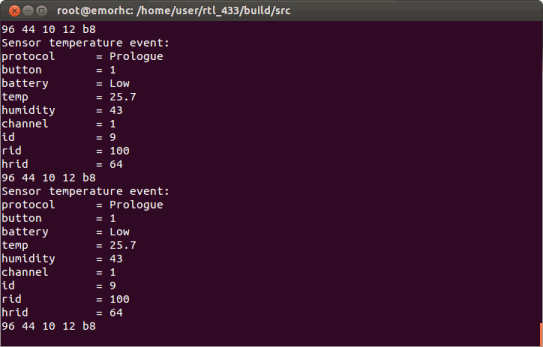Orbcomm Reception with the RTL-SDR
YouTube user Drvarnick has uploaded a video showing how he receives Orbcomm satellite data with the RTL-SDR. To do this he uses a a homemade 1/4 wave antenna, SDR# and the Orbcomm-Plotter software by COAA.
COAA describes Orbcomm satellites as
a satellite communication system (www.orbcomm.com) providing two-way data and positioning service to small, portable user terminals in the VHF frequency bands. You can use a simple VHF radio receiver (scanner) tuned to the band between 137 and 138 MHz to pick up the strong signals from these satellites. With OrbcommPlotter you can decode the telemetry and find out the positions of the satellites, their operational status and their uplink and downlink channels. Unlike most satellite signals, there are so many Orbcomm satellites that there is likely to be one within range of almost any spot on Earth at any time of the day or night.

